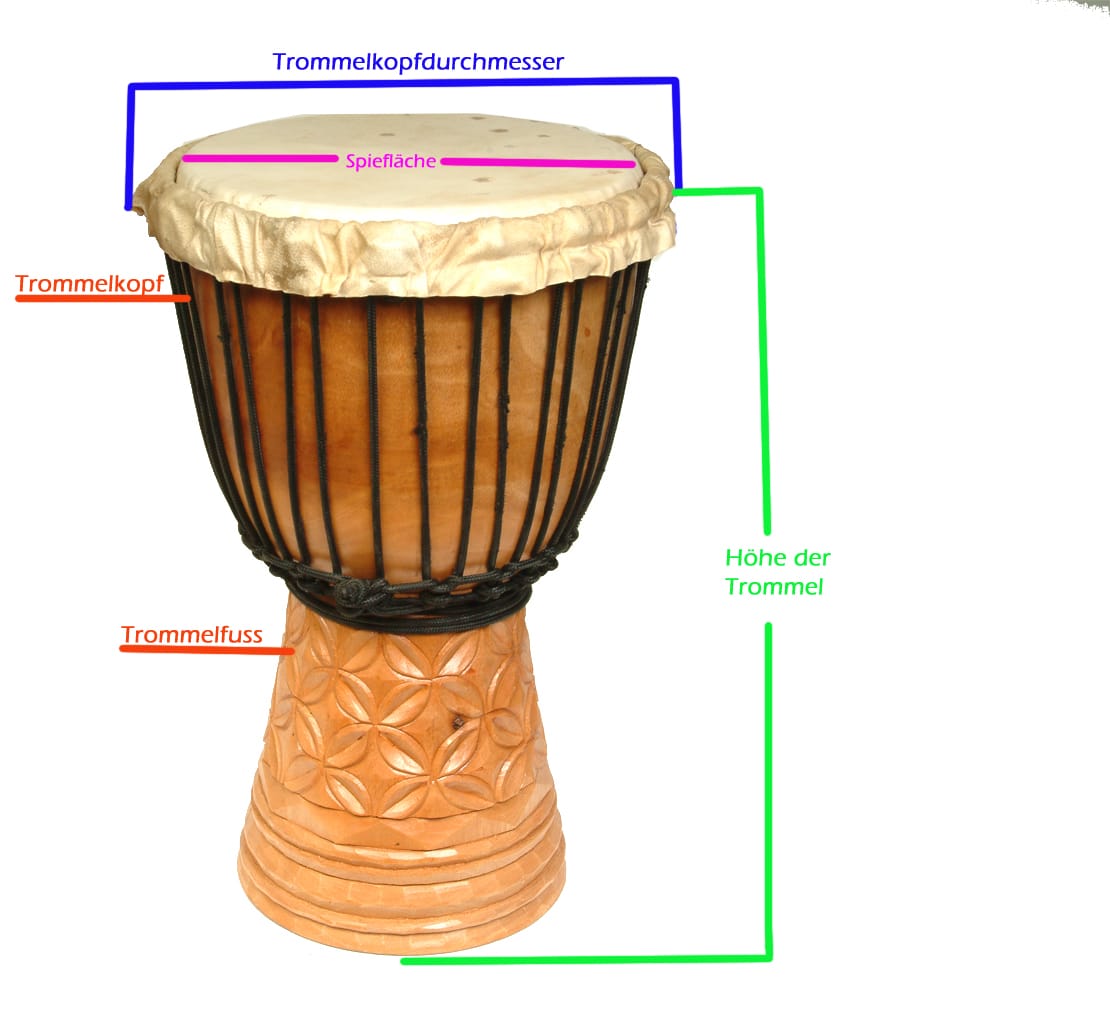Dive into the captivating world of the djembe, a drum that resonates with the heart and soul of West Africa. This comprehensive guide explores its rich history, intricate construction, diverse sounds, cultural significance, and modern applications. Whether you’re a seasoned musician, a curious beginner, or simply intrigued by the allure of African rhythms, prepare to embark on a rhythmic journey.
The Djembe’s Story: More Than Just a Drum
Imagine a single piece of hardwood, meticulously carved and shaped, then crowned with taut animal skin. This is the essence of the djembe, a goblet-shaped drum that hails from West Africa. But the djembe is more than just an instrument; it’s a storyteller, a historical echo, and the rhythmic heartbeat of a community. For centuries, its vibrant voice has animated celebrations, sacred rituals, and social gatherings, weaving a rich tapestry of cultural heritage. [https://www.lolaapp.com/dappled-grey-horse] [https://www.lolaapp.com/gingerbread-man-disguise]
From deep, resonant bass tones that seem to emanate from the earth itself, to crisp, sharp slaps that crackle with energy, the djembe offers an orchestra of sound waiting to be explored. Each djembe possesses a unique voice, shaped by the wood, the skin, and the artisan’s hand. And as its rhythms ripple outwards, they carry with them the stories of generations past, connecting people to their ancestors and to each other. This isn’t just music; it’s a living, breathing link to a vibrant cultural legacy.
Unraveling the Djembe’s Name: Jembe or Djembe?
The name itself holds a story. While “djembe” is the most common spelling, derived from the French language during their colonial presence in West Africa, “jembe” is arguably closer to the original pronunciation in Malinke, the language of the drum’s origin. Other variations like “dyìnbe,” “djimbe,” “guiembe,” “jimbe,” or “yembe” surface throughout West Africa, likely reflecting regional dialects and pronunciations. One theory suggests “jembe” comes from the Bamana phrase “Anke dje, anke be,” meaning “everyone gather together,” highlighting the drum’s unifying power within the community. Another theory links “djem” to a tree traditionally used for the drum’s body, and “be” to the goat skin often used for the drumhead. The ongoing research into the name’s etymology reflects the evolving nature of language and the rich tapestry of cultural interpretations.
The Heart of the Sound: Four Fundamental Djembe Hits
The djembe’s sonic versatility stems from four fundamental hits: the bass, the tone, the slap, and the touch. These are the building blocks of complex rhythms, the core ingredients of the djembe’s musical vocabulary.
1. The Bass (Tone): This deep, resonant boom forms the rhythmic foundation, the heartbeat of the djembe’s sound. Created by striking the center of the drumhead with a flat hand, the bass anchors the other hits, setting the tempo and providing a grounding presence.
2. The Tone (Open): This brighter, ringing sound adds melodic character. By striking the edge of the drumhead with slightly cupped hands, drummers produce a clear, resonant tone that embellishes the rhythm and adds layers of expression.
3. The Slap: A sharp, high-pitched crack that injects energy and rhythmic complexity. This sound is achieved by striking the edge of the drumhead with flat fingers, creating accents and a lively feel.
4. The Touch (Muffled Tone): A subtle yet essential element, the touch is a quieter sound created by gently placing the hand on the drumhead after a tone or slap. It acts as a connective tissue, smoothing transitions between the louder hits and adding depth to the overall rhythm.
While these four hits form the core of djembe technique, some players and experts suggest the existence of more nuanced variations and techniques, further enriching the instrument’s sonic palette. This ongoing exploration emphasizes the dynamic nature of djembe music.
From Rituals to Rhythmic Expression: The Djembe’s Many Roles
In West Africa, the djembe holds a central place in traditional ceremonies, rituals, and social gatherings. It’s an instrument of celebration, a voice for storytelling, and a powerful symbol of community and ancestral connection. The rhythms woven on the djembe are believed to convey narratives, preserve history, and foster a sense of belonging.
Beyond its traditional roles, the djembe has gained global recognition, appearing in diverse musical genres from world music and jazz to pop and electronic. Its adaptability speaks to its inherent versatility and the universal appeal of its vibrant sound. This cross-cultural exchange raises important questions about cultural preservation and adaptation. While some believe the djembe’s global popularity helps keep its traditions alive, others express concerns about cultural appropriation. These discussions underscore the dynamic relationship between music and culture.
The djembe’s modern applications are numerous, including:
- Drum circles: These social gatherings offer a platform for shared rhythmic expression and improvisation.
- Music therapy: The djembe’s rhythmic power is employed in therapeutic settings to promote healing, emotional release, and self-expression.
- Educational settings: Introducing the djembe in schools provides students with exposure to diverse cultures and musical styles.
- Personal expression: Many people find solace and creative outlet in playing the djembe.
The Djembe’s Construction: A Fusion of Wood and Skin
Traditionally crafted from a single piece of hardwood, such as lenke or dugura, the djembe’s goblet shape is not merely aesthetic; it’s integral to its resonant sound. The drumhead, typically made of goat skin, is stretched taut over the opening and secured with ropes. By adjusting the tension of these ropes, players can fine-tune the drum’s pitch and explore a wide range of tonal possibilities. A medium-sized djembe is typically around 11″ to 14″ in diameter, approximately 24″ in height, and weighs about 20 lbs.
The Djembe’s Journey: From West Africa to the World Stage
The djembe’s history is likely intertwined with the Mandinka people of West Africa, possibly originating within the Numu blacksmith caste around the 12th century. Its spread throughout the region is often linked to the rise of the Mali Empire. For centuries, its use was largely confined within West Africa, restricted by limited travel. However, the mid-20th century, marked by the decolonization of many African nations, ushered in an era of increased cultural exchange. This period marked the djembe’s entry onto the world stage, where its infectious rhythms captivated audiences and musicians globally.
Ongoing Research and Future Rhythms
Research into the djembe’s history, cultural significance, and musical evolution continues. Ethnomusicologists are exploring its impact on different cultures, its changing role in musical traditions, and the nuanced techniques that shape its distinctive sound. This ongoing exploration suggests that our understanding of this remarkable instrument is likely to evolve further. As the djembe continues to resonate across cultures, it serves as a powerful reminder of the unifying power of rhythm and the rich tapestry of human expression.
- China II Review: Delicious Food & Speedy Service - April 17, 2025
- Understand Virginia’s Flag: History & Debate - April 17, 2025
- Explore Long Island’s Map: Unique Regions & Insights - April 17, 2025
















